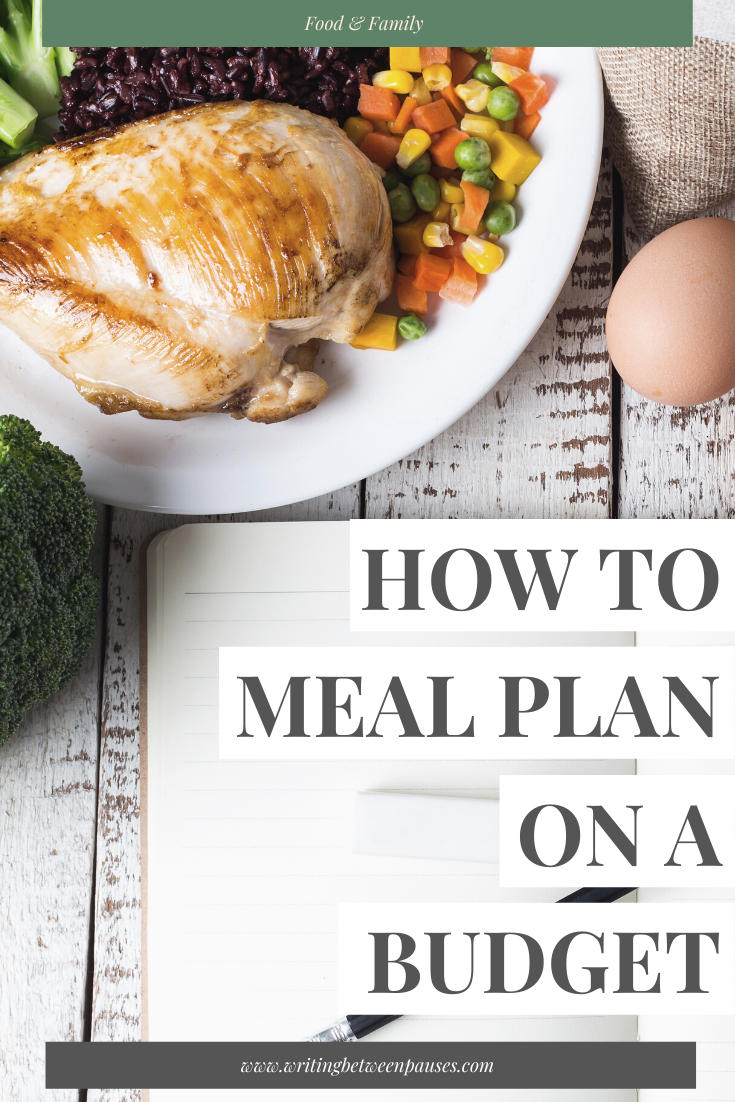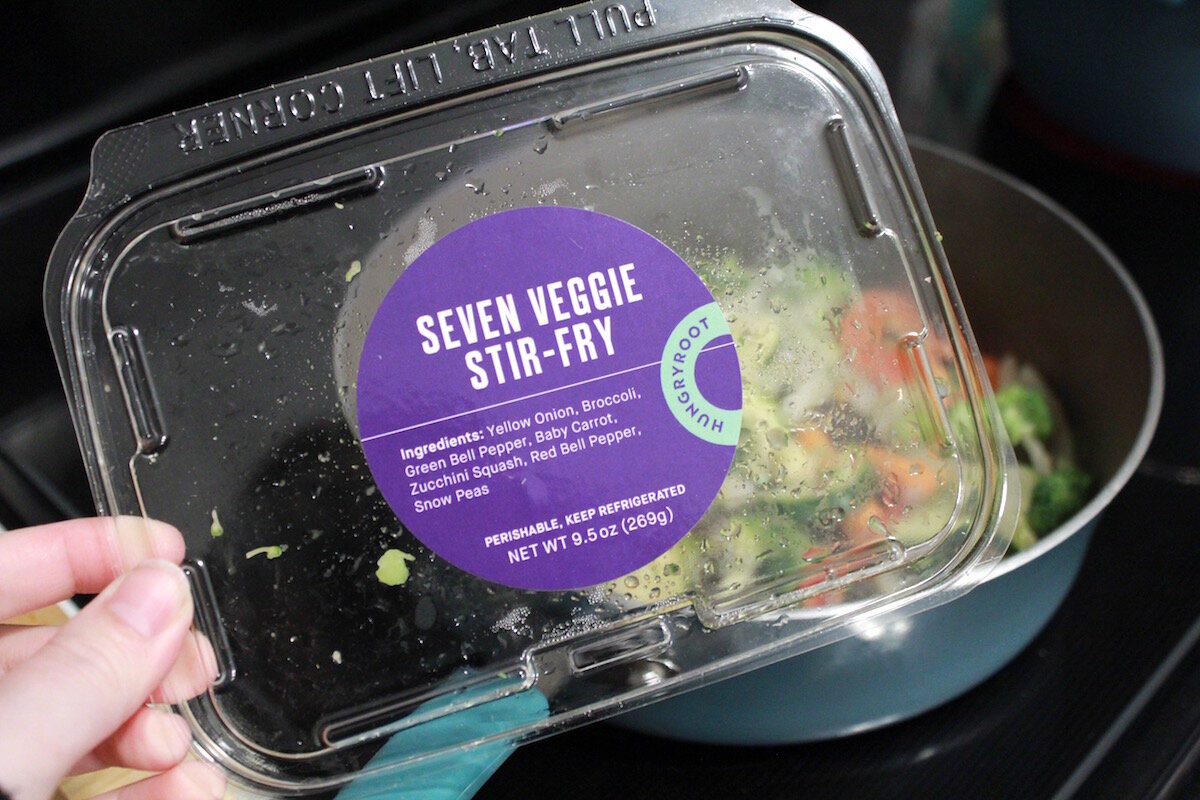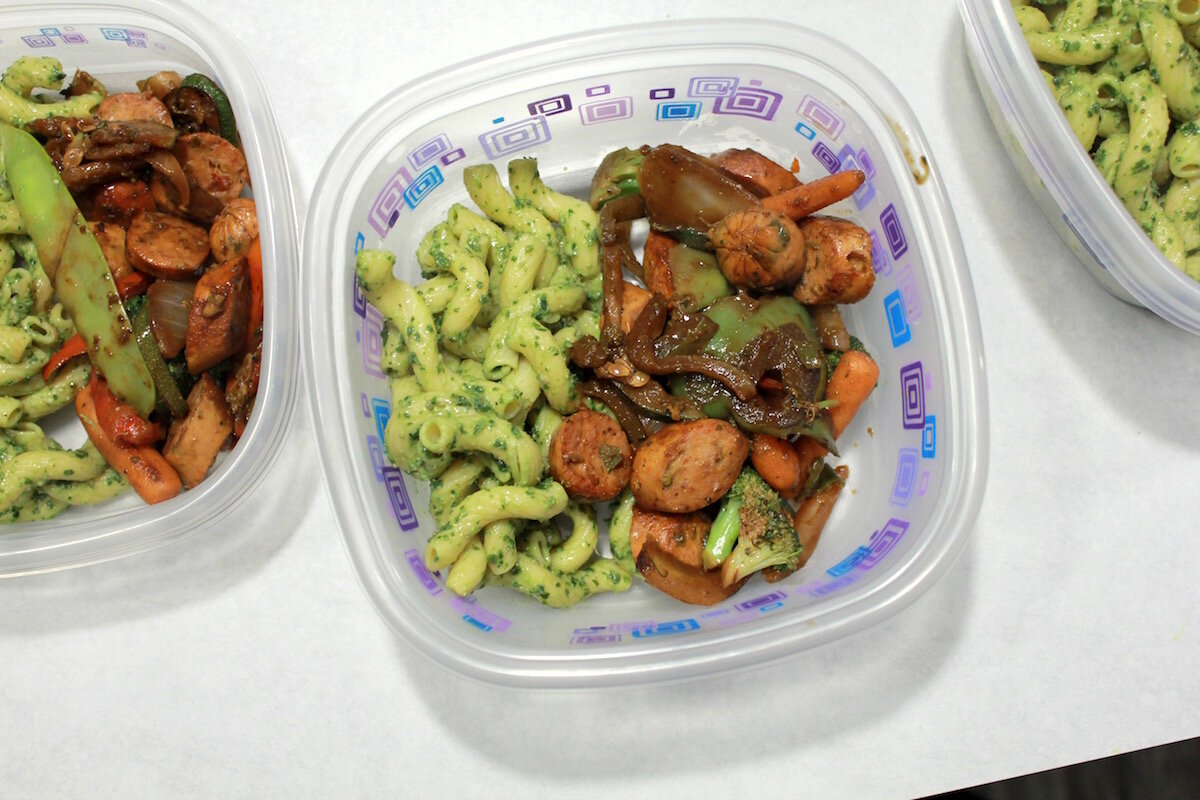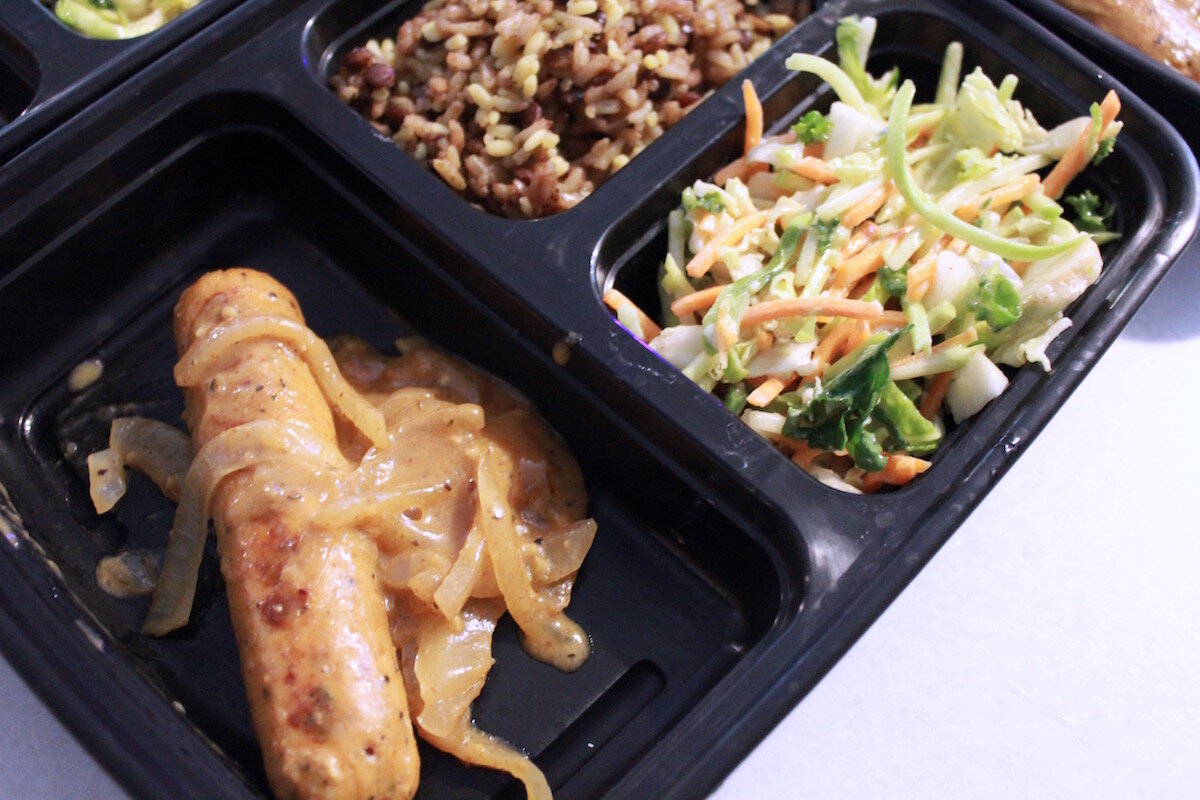Welcome to my new series, Meal Planning March! I’m excited to share all the tips and tricks I have for meal planning. It’s one of those things that most people know will help them eat better, eat cheaper, or just have less stress—but can feel overwhelming to get started! In this series, we’ll talk budgeting, creating meal templates to reduce decision fatigue, and more!
When you think of meal planning, what comes to mind?
Do you think of those complicated printables you see on Pinterest? Or do you think of those cutesy templates that are almost too simplified?
Or, are you like me and do you immediately want to go lie down?
I make so many decisions every single day: how to respond to comments for my work, how to respond to emails, how to do this, things I need to research, to do lists that I need to prioritize… it can be hard to add one more decision to my day, like deciding what to make for dinner or, worse, deciding what to make for 7 days worth of dinners.
So how do I make meal planning easier? And how do I not spend thousands of dollars every single week considering every possible meal option?
Let’s start with the second question: budget.
Setting Your Weekly Grocery Budget
For my family, we typically spend about $50-75 on groceries every week. Then, every 6 weeks or so, we do a big Costco shop that is between $100-200 (it depends on if we need dog food and toiletries, like paper towels, at the same time).
On this note, we also buy meat through co-op systems, like splitting a cow or pig from a local farmer with other people. That saves us a ton of money and we usually don’t buy meat week-to-week—the only exception is turkey or chicken, if we’re using those that week.
This is all to say: setting your weekly budget is hugely personal and one of the most challenging parts of meal planning. If you’re like me and a little obsessed with saving money, it can also be a huge headache when you end up spending a ton on groceries that you end up not using.
Here are a few factors to consider when creating your weekly budget:
Be realistic about how much food you need to buy.
Be realistic about what you will eat. I usually stick to buying 2-3 fruits to have for snacks every week—not a selection of every fruit I like. If it’s in season, even better. The same goes for vegetables; rather than buying a few of all the veggies I like, I pick my few rockstar veggies that I like in everything, typically broccoli, carrots, and spinach.
Do you need all those snacks? I know lots of people buy lots of snack foods every week. And while some weeks I definitely go hogwild in the snack aisle, I don’t think it’s necessary. We usually keep pretzels, granola bars, and fruit snacks stocked and that’s pretty much it, as we try to snack on whole foods otherwise. If a significant portion of your grocery bill is going towards a ton of snacks, it might be time to re-assess, as they can’t be used in meal preparation.
Another huge part to consider: how much can you afford to spend each week? For us, we could probably spend a bit more on groceries (and/or I could spend less time shopping sales and looking for coupons), but we have found that our budget gets us what we need, and isn’t too time consuming for me to shop at this point.
Creating a Meal Plan with Budget in Mind
There are a few foods that are cheaper to make. Things like bean and rice bowls are highly affordable. Conversely, anything with a meat-based protein (or plant-based protein that is highly specialized, like Beyond Burger) is going to be more expensive. Pastas, rice, and most grains can be bought in bulk and make meal planning a lot easier.
Here’s what I do:
Each week, I sit down with a cookbook and PInterest and start searching for things that look good. I keep in mind what I have on hand—typically, a lot of beef, some freezer items, and salmon that I buy from a local fishery—and pick meals based on those things.
I also pick recipes that include more fresh ingredients, rather than canned.* While canned foods are cheaper, I don’t typically like them—but that’s just me!
Recipes with less ingredients tend to draw me in more than time-consuming or multi-step recipes, probably because they’ll end up costing more overall.
My favorite cookbook right now for meal planning is Danielle Kartes’ Rustic Joyful Food: Meant to Share. These recipes are all big, meaning they make a lot (and are therefore easy to freeze extra or simply cut in half). She also tends to create recipes that don’t contain very expensive ingredients and that’s one thing she notes in her book as well.
Once I have a list of things I want to make, I start writing out what I don’t have for those recipes. If the list starts getting too long, I will re-assess what I’ve picked to make and swap things around to save for later.
My Best Money Saving Tips
Buy in bulk if you can and if you have the storage. It’s more cost up front, but if you break it down, it lasts longer for less. However, that being said: the up front cost can be off-putting and the storage aspect can make it tough.
Shop the sales. If there is a big sale on chicken or turkey, buy a few and plan meals around those for the month. I get weekly emails from my grocery store to better help me see what’s going to be on sale when it’s time to go shopping.
Repurpose leftovers. Here’s an example: after I make tacos, I always have extra meat, rice, and beans. I usually will turn those into a layered taco casserole the next day just to change things up. If you make a roast on Sunday, you can work those leftovers into your meals for at least one or two extra days—think roast beef sandwiches, chili, beef stew, or shepherd’s pie. Super simple!
Have tips you want to share? I’m all ears! Leave your thoughts in the comments below!






















